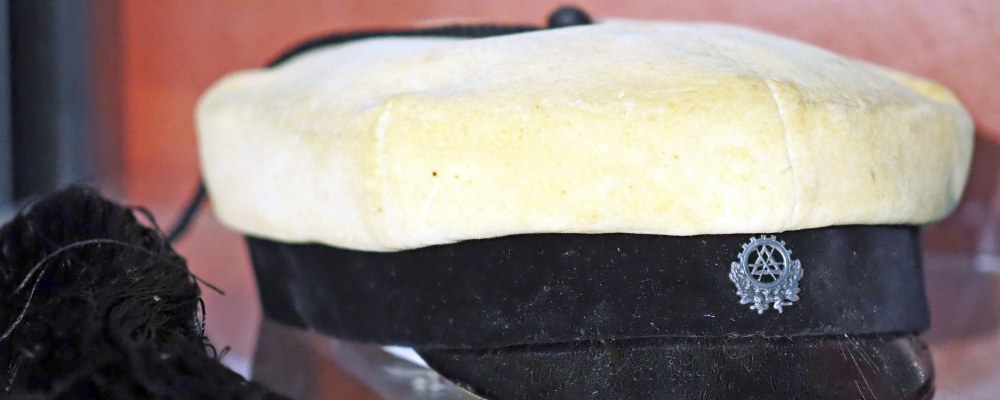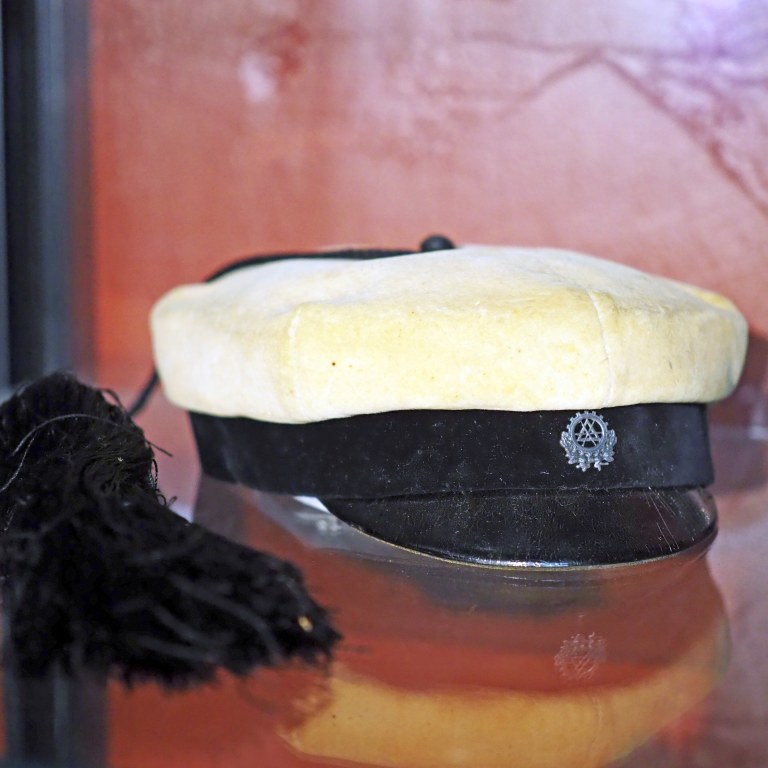
Engineering students, or teekkarit started wearing caps because they wanted a common symbol. At first, they wore black caps, then grey caps. In 1876, teekkarit even considered deciding on a beanie. However, they finally settled on the current design of the engineering students’ cap (teekkarilakki) in 1893. The black and white colouring of the Finnish teekkarilakki is similar to the student cap for those finishing upper secondary school, and the design comes from Sweden.
It may be hard to imagine but the tassel was once the topic of major debate: should there be a tassel or not?
– Probably one of the reasons why the tassel was allowed to remain in the cap was the observation that women were particularly attracted to the tassel, says Oula Siljamo, responsible for guide training at the Museum of Student Life.
There are slight local variations to the appearance of the teekkarilakki (read more). In 1977, the cap of Oulu engineering freshmen clearly stood out from the others. The employees at E. R. Wahlman, the manufacturer of teekkarilakki in Finland, had gone on strike and the Oulu freshmen did not receive their caps in time for May Day. As a temporary solution, they used promotional caps for Miranol paint with a woollen yarn tassel hanging by the side.
Sources: Jari Hanski: Polin suojiin me saavumme taas (1997), Museum of Student Life, Oulun Teekkariyhdistys, E. R. Wahlman
